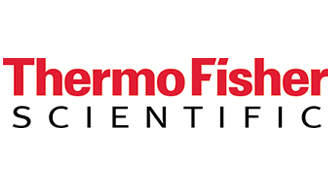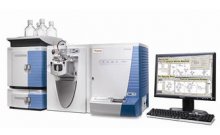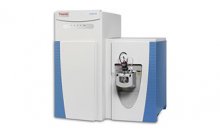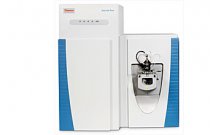利用TSQ Quantum对牛血浆中帕罗西汀的定量生物分析
摘要:
Guidelines on Bioanalytical Method Validation acceptance criteria were established by the US Food and Drug Administration (FDA) from a conference on “Analytical Methods Validation – Bioavailability, Bioequivalence and Pharmacokinetic Studies” held in Arlington,VA, December, 1990. These acceptance criteria were reviewed ten years on at “Bioanalytical Methods Validation–A Revisit with a Decade of Progress”, Arlington,VA, January 12-14, 2000,2 a meeting sponsored by the American Association of Pharmaceutical Scientists and the FDA. This led to the issue of the FDA Guidance for Industry document on Bioanalytical Method Validation in May 2001.3 A full method validation should assess accuracy, precision, selectivity, sensitivity, reproducibility and stability of an analyte in matrix samples. Paroxetine is an orally administered antidepressant which acts as a selective serotonin reuptake inhibitor (SSRI) but has only minimal effects on the neuronal reuptake of norepinephrine and dopamine. Paroxetine is administered for the treatment of depression, social anxiety disorder, obsessive compulsive disorder, panic disorder and generalized anxiety disorder.
仪器:
讨论:
The lowest calibration standard selected for this assay at 0.1 pg/μL had a minimum signal-to-noise of greater than 5:1 and variability of 3% from eight determinations. This was well within the acceptance criteria set by the guidelines which defines that the Limit of Quantitation (LOQ) of an assay should have less than 20% variability.
The Intra-batch variability of back-calculated concentrations of Paroxetine in Bovine Plasma was less than 3% across the whole calibration range. This falls well within the expected method validation acceptance criteria as set by Shah et al of 20% variability at the LOQ and less than 15% variability at all other concentrations of the calibration standards.
The validated method accuracy and precision were determined from the back-calculated values of the Quality Control samples. The intra-batch accuracy was 103.6%, 104.0% and 99.7% at concentrations of 0.3, 25 and 750 pg/μL respectively. The intra-batch precision was 2.2%, 0.6% and 0.6% at concentrations of 0.3, 25 and 750 pg/μL respectively.
The validation data indicate that the TSQ Quantum is sensitive, robust and linear (four orders of dynamic range demonstrated here) and is an ideal instrument for the quantitation of analytical substances in Biological matrices.




